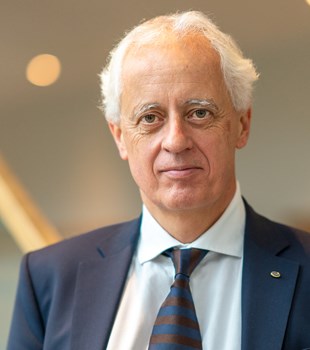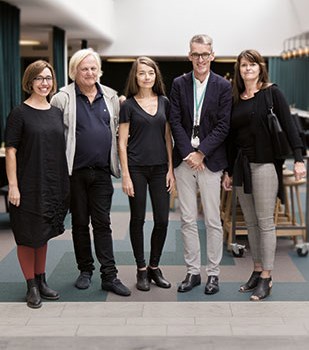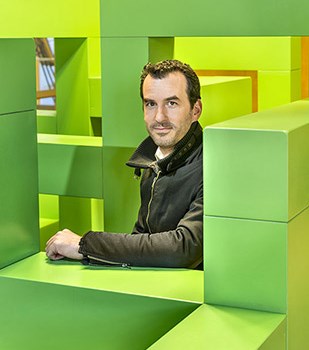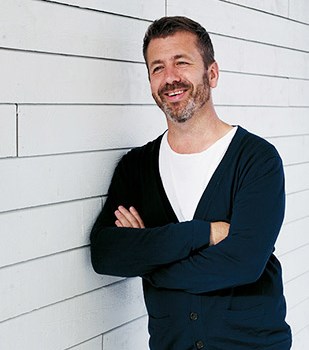What happened next?
“The big British supermarkets wanted to build their stores in wood, largely as a matter of corporate social responsibility. That left us having to accommodate the wishes of our biggest clients. A colleague and I visited various European companies to learn about the glulam process, and that led us to develop hybrid structures. After a few projects, we realised the dynamic possibilities of combining wood and steel. We made roof and wall stiffeners from steel, for example. The tensile and compression strength of the steel gave it an advantage over heavy glulam braces. The structural engineers are the key to unlocking a material’s potential.
“We developed a model with a value-based design process that worked beautifully. Our clients got what they wanted for a premium of a mere 5 percent compared with around 30 percent if we’d built using glulam alone, and at the same time we achieved the carbon neutral buildings they’d asked for. It was around 2009 that we became involved in our first CLT project. It was a public tender and we’d never built with CLT before. We were extremely naive and lost quite a bit of money. And so we did exactly what we’d done before and began a thorough investigation of the CLT market. We began learning about manufacturing processes, how to handle specification of the material, the waste and the openings in the CLT panels. We then quickly realised that steel and glulam work superbly with CLT in a kind of natural symbiosis.”
What is your view of wood as a material?
“Wood is a highly industrial but at the same time natural product. It strives to achieve equilibrium at around 12 percent moisture content. It will dry and crack, but that’s normal and acceptable. It doesn’t affect the structural integrity of the material, far from it. In the UK, building contractors are keen to work with CLT rather than box units or concrete frame structures. Box units are still fantastic because they can be completely prefabricated, although their limited span is a downside. It’s almost like building something out of Lego bricks. But with CLT you have a flexible material that allows much larger spans when used in a glulam or steel frame. However, it’s important to remember not to leave wood incorrectly exposed on the exterior.”
Where is the greatest development potential for the wood industry in the UK?
“Tall buildings. I have a simple rule of thumb. The timber frame builders can take care of everything up to four floors. Higher than that – and we’re very particular about this – there’s a problem with disproportionate collapse. We can build structures with five or more floors using CLT, because it’s self-stabilising. Another problem is that there simply aren’t enough structural designers who know about working with wood.”
What role do you think the wood manufacturers have in all this?
“There’s far too little capacity in the market when it comes to CLT. Greater capacity would also push down prices, which would help to establish the mature market that we need. And it would shorten the start-up process on building projects. The last thing we need is long construction processes. The clients want their buildings finished as quickly as possible, so they can begin to claw back some of their investment.”
You have recently changed jobs. Tell us more!
“A few times now I’ve been over to Singapore to lecture at the Building and Construction Authority and that’s given me an opportunity to conduct my own personal wood-focused tour of South-East Asia. I believe the global market for CLT is going to be enormous. The model we developed at B&K Structures where, rather than having our own production, we instead pair up different manufacturers, is an extremely effective Lean model. In my new job I’m going to be doing more or less the same thing, but for the Singapore-based company Steeltech Industries, and with a business model that’s tailored to exports from Singapore.”
Text & foto David Valldeby

























